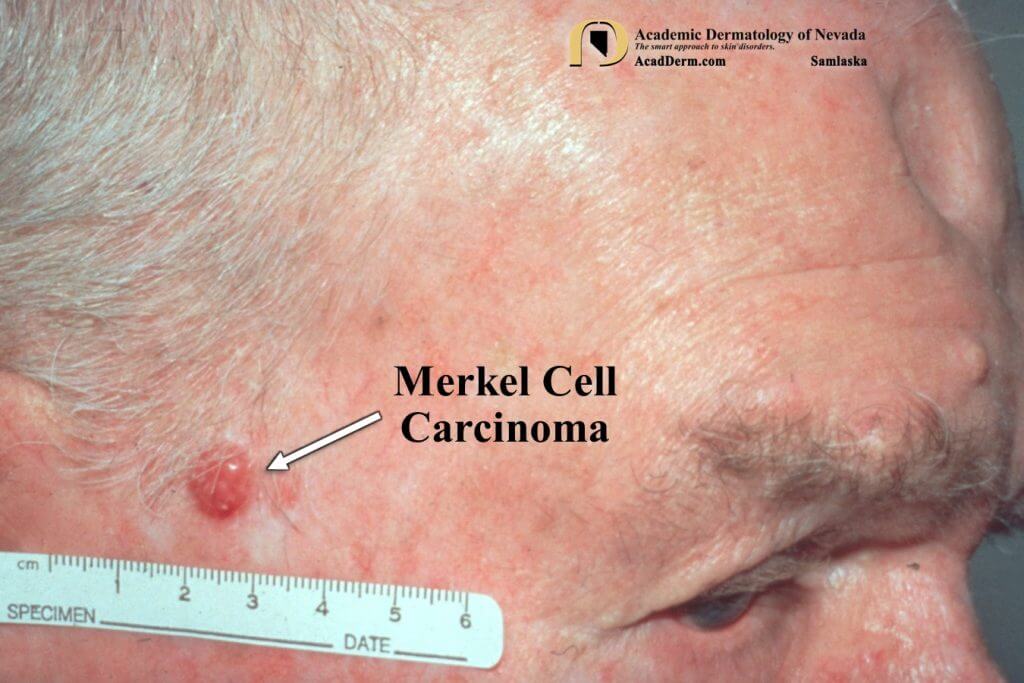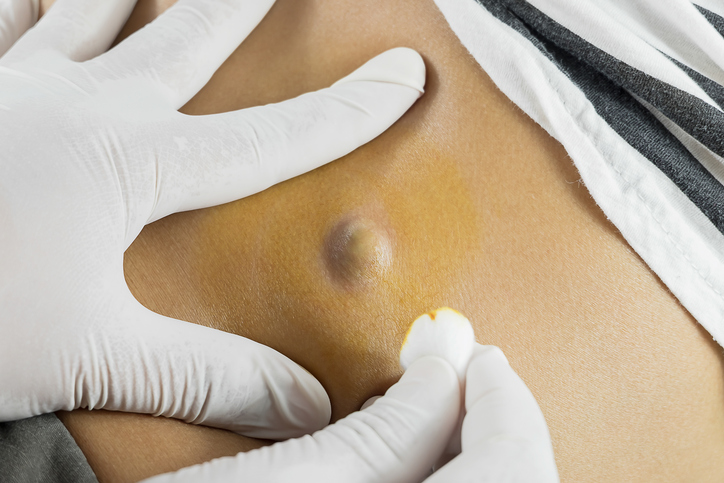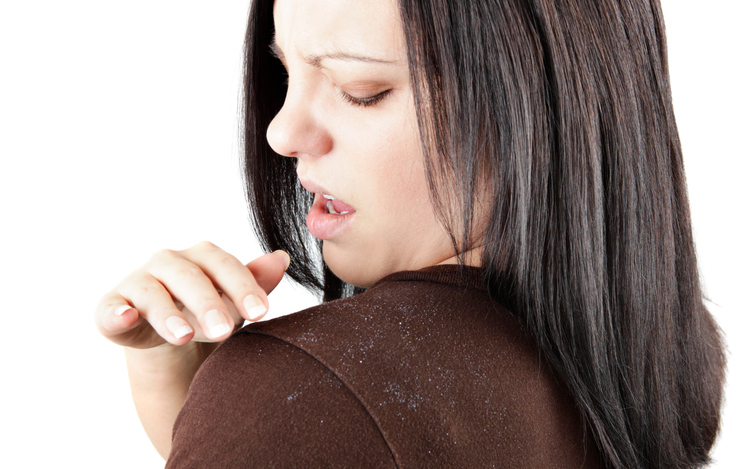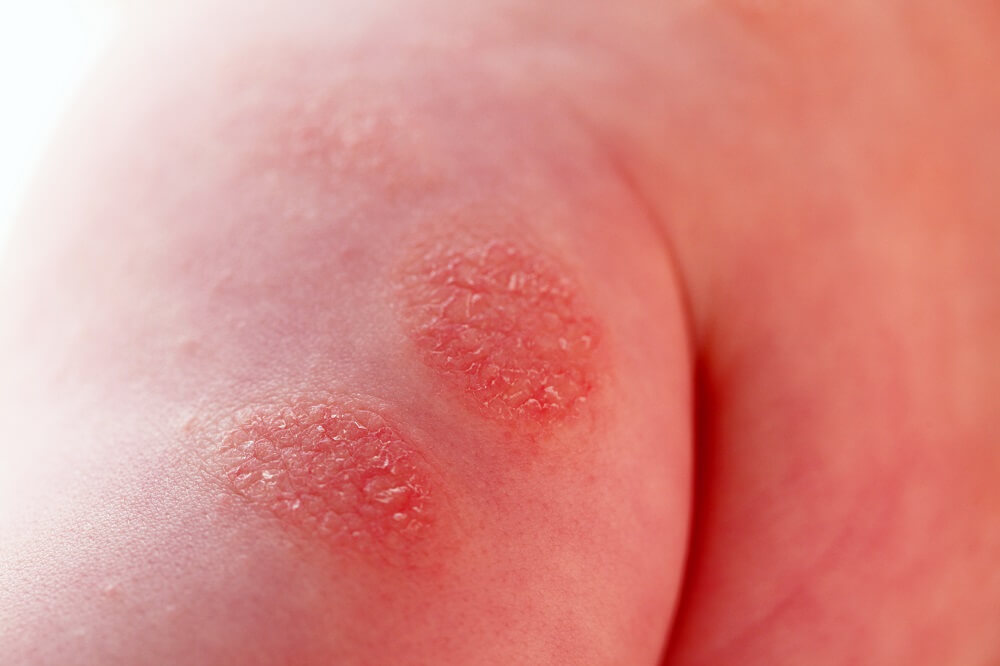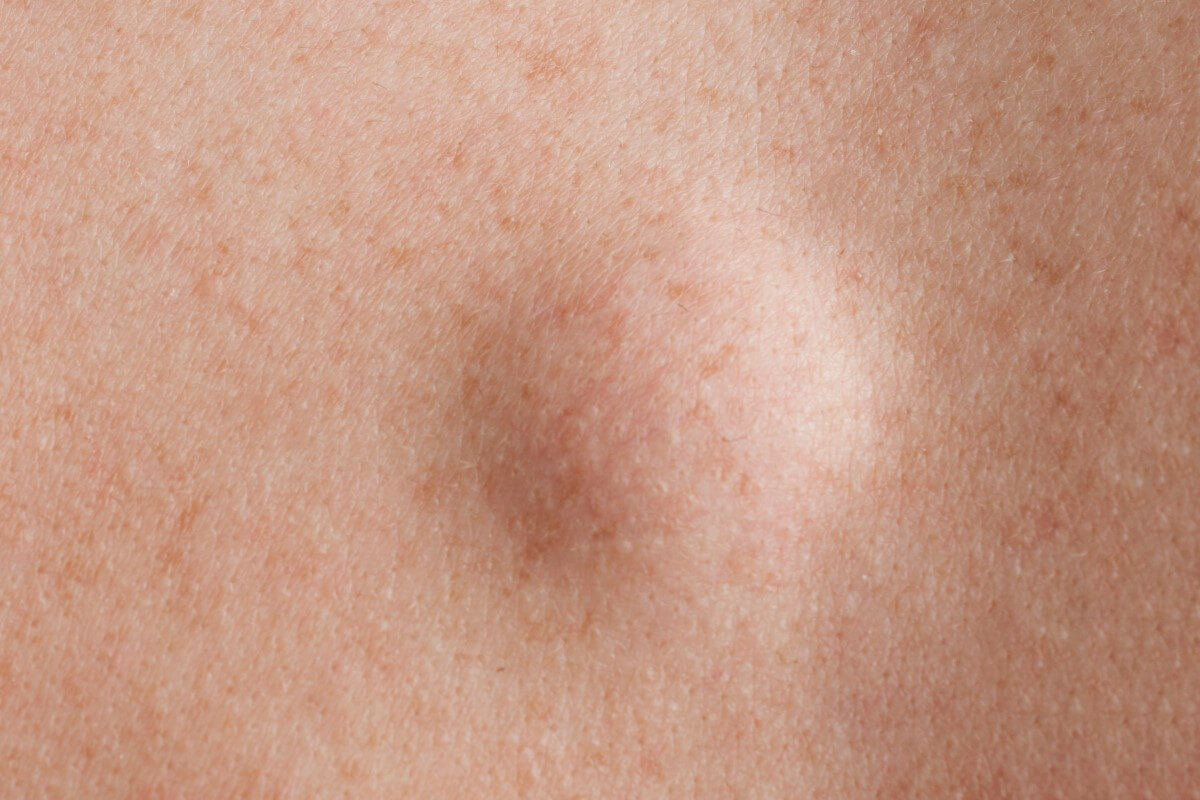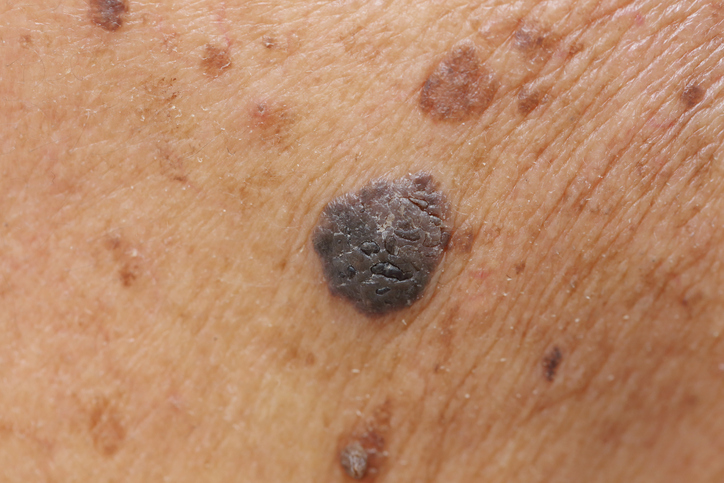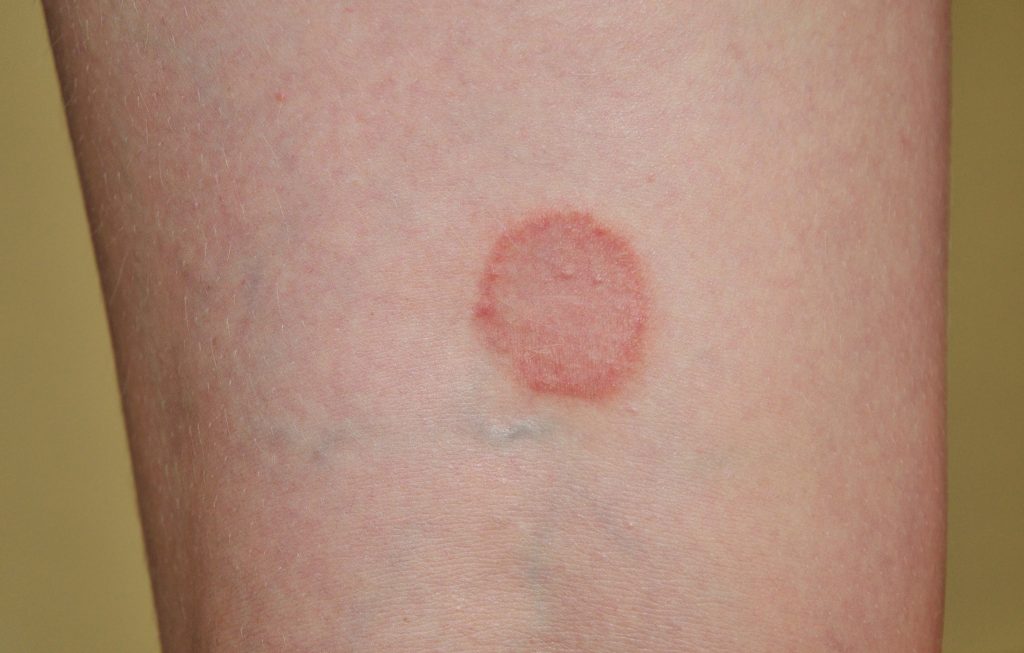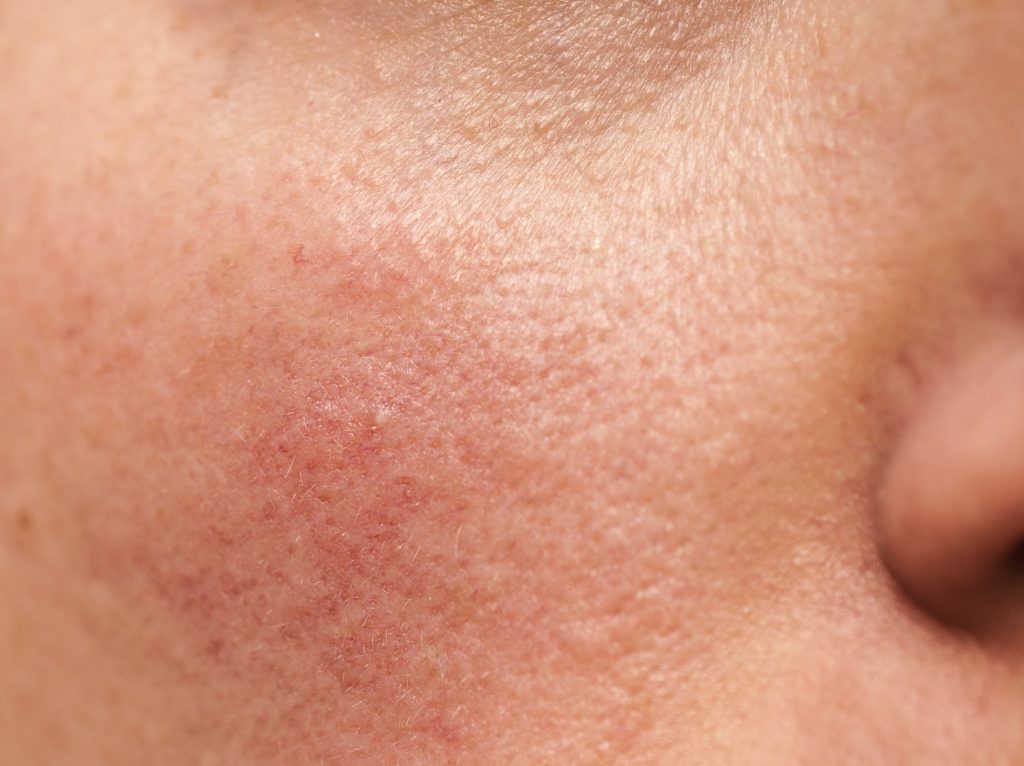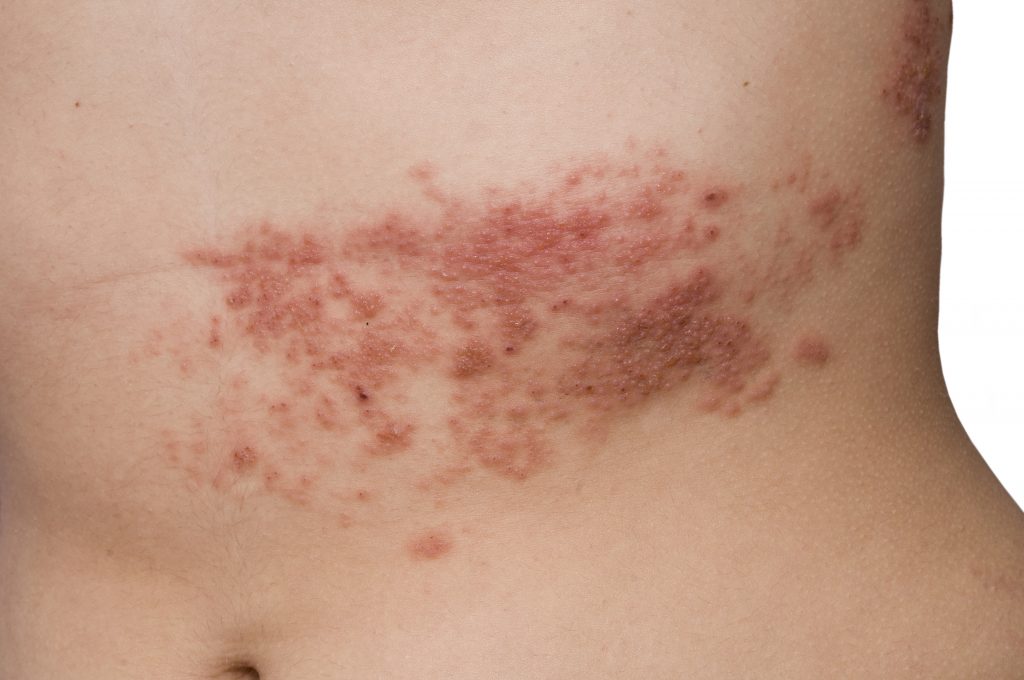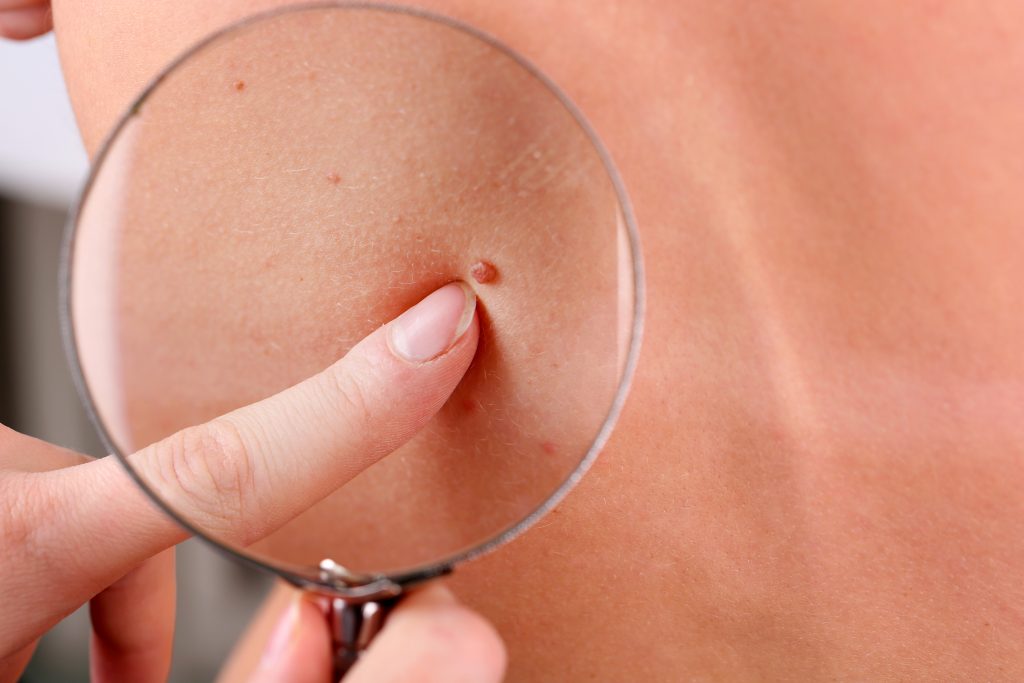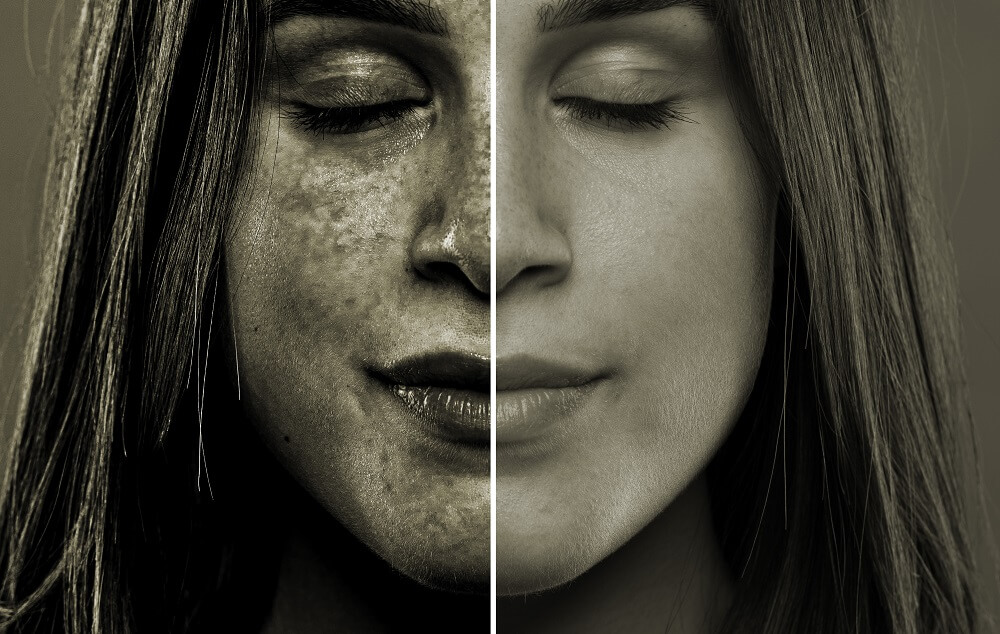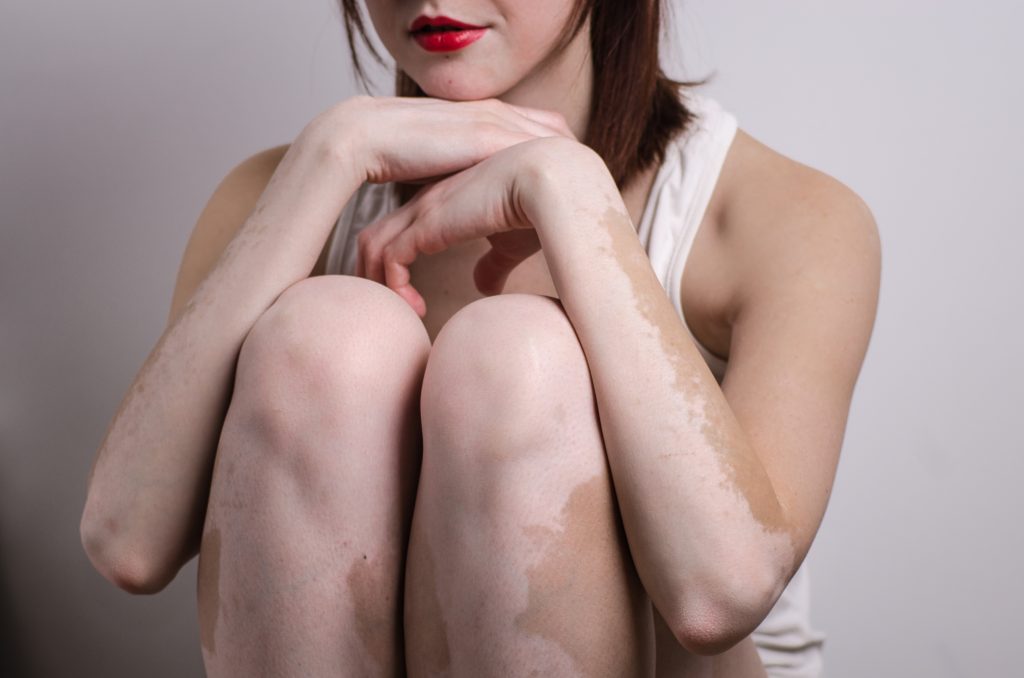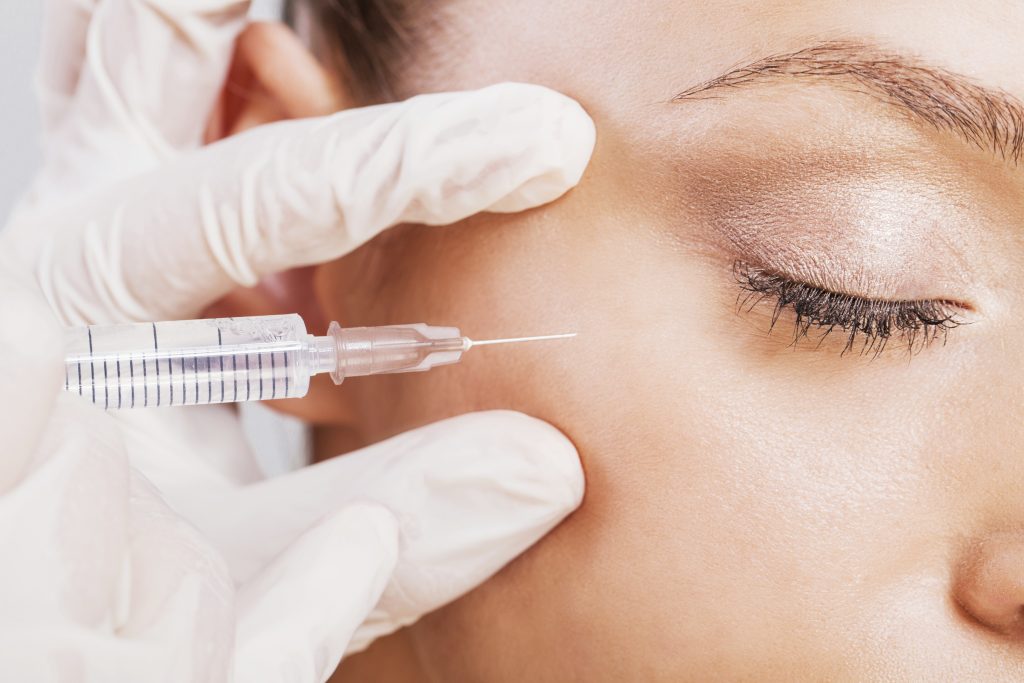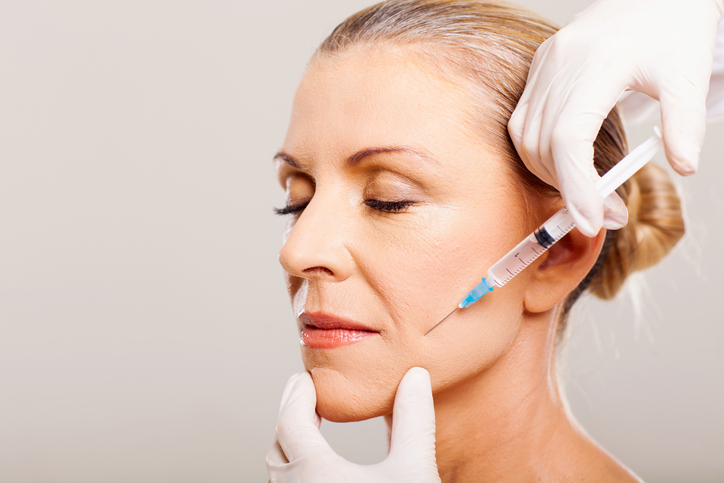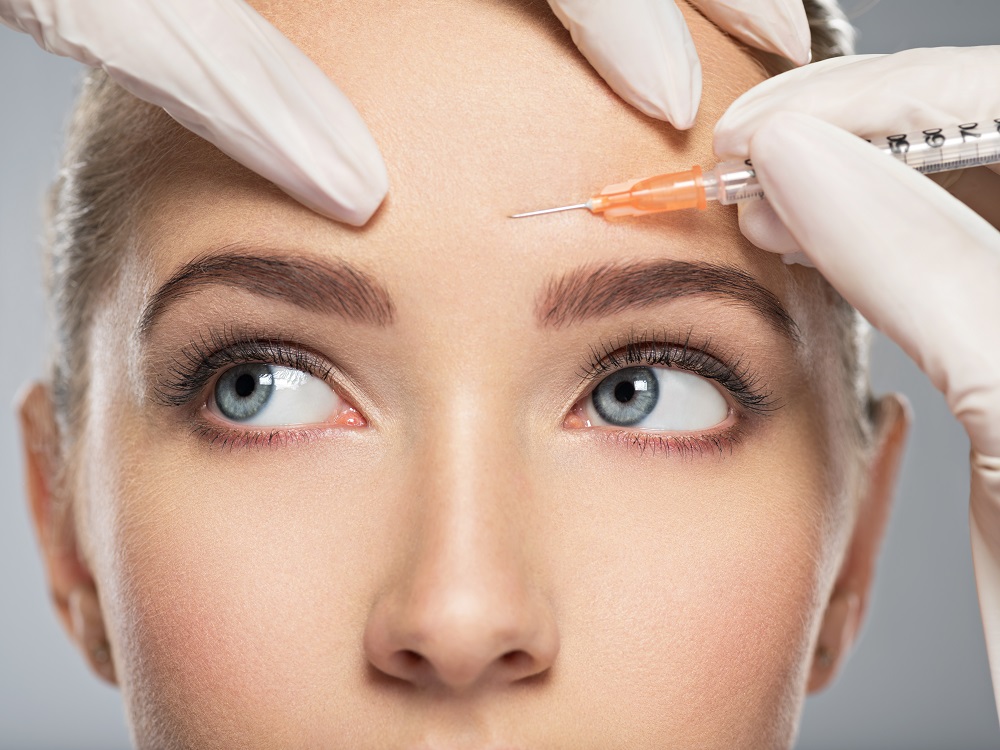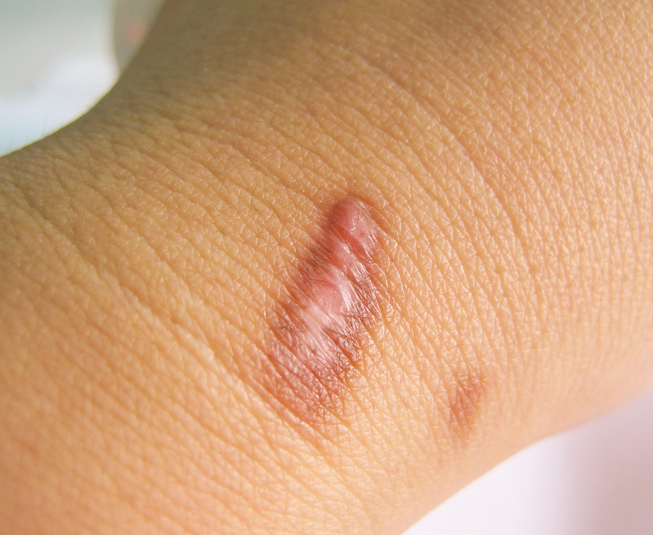Kristina Trunnell earned her bachelor’s degree in Health Sciences with honors from St. Francis University in 2002 and received her Master’s in Physician Assistant sciences the following year. Kristina’s physician assistant career began in the field of cardiothoracic surgery at Lancaster Regional Hospital and the Ortenzio Heart Center in Harrisburg, PA. She also worked as a surgical physician assistant for general surgery, orthopedic, and cardiac surgical services at Suburban Hospital in Bethesda, Maryland. Kristina transitioned into dermatology in 2008 and provides general dermatologic, surgical, and cosmetic services for patients. She is passionate about treating all types of conditions, especially eczema, psoriasis, and rosacea. She loves to combine general and cosmetic dermatology to improve her patients’ lives and self-image.
Kristina has completed advanced training and is state-licensed to perform skin cancer excisions, Dermal Filler Injections, and Botox injections. She is currently board-certified, state-licensed, and holds current memberships with the American Academy of Physician Assistants, Maryland Academy of Physician Assistants, and the Society of Dermatology Physician Assistants
Kristina lives in Frederick County, Maryland where she enjoys spending time with her two active daughters and dog Finley. In her spare time, you will find her watching her oldest daughter catch for her travel softball team or her youngest daughter competing as a gymnast.
Kristina Trunnell treats patients at U.S. Dermatology Partners in Frederick, Maryland. Contact our office today to book an appointment!
Specialties and Affiliations
- American Academy of Physician Assistants
- Maryland Academy of Physician Assistants
- Society of Dermatology Physician Assistants






